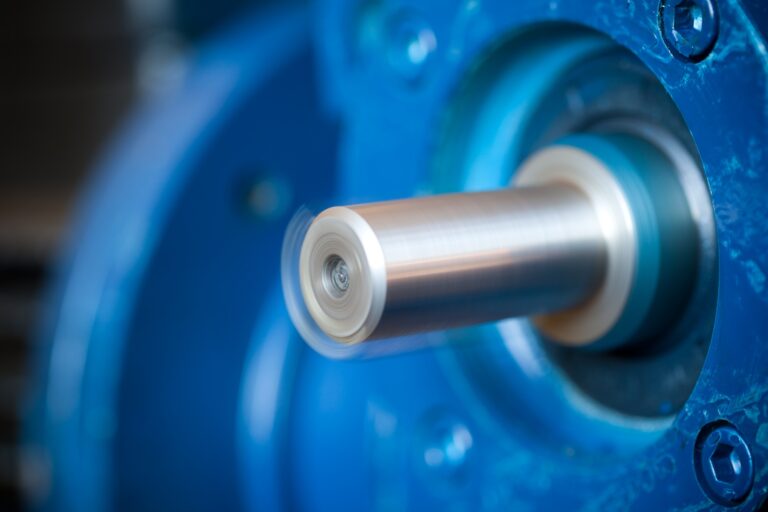Balancing Output, Redundancy, and Failover
I didn’t plan on working today. I thought I’d take the morning off. But a stray thought hit before sunrise—what if we stopped treating redundancy as backup, and instead designed it as primary logic? So I sat down and asked Ai what that could mean for oil systems, for heat flow, for real-world failover.
Why It Matters
In aviation, one system failure often spells disaster. Not because failure is inevitable, but because design assumes perfection. That’s reckless.
UnobtaniumX.com exists to deliver elegant, off-path solutions for those who demand leverage and clarity. The X123 doesn’t assume perfection. It designs around it.
1. The Four-Route Oil Redundancy Model
At the core of the X123 platform is a radical approach to oil routing. Instead of a single path with contingencies, we built four concurrent, logic-directed oil paths. The system senses:
- Blocked routes
- Thermal changes
- Pressure drops
- Flow instability
It then actively redirects via the optimal route, automatically—no pilot input, no diagnostics required mid-air.
This isn’t backup. It’s a quad-primary system, each one capable of carrying the full load, with shifting logic to optimize heat, flow, and longevity in real-time.
2. Integrated Thermal Intelligence
Redundancy means nothing if thermal balance fails. That’s why X123 doesn’t treat heat as a passive byproduct—it treats it like data.
Each route is monitored for:
- Heat saturation per millisecond
- Flow velocity changes
- Proximity to other heated components
Our dual-fluid system—oil and water—adjusts flow rate, direction, and surface area exposure based on real-time variables. It thinks before it cools.
3. Failover as Standard Operation
Failover shouldn’t be a mode—it should be how the system works all the time. Most engines switch to “emergency” logic only when something breaks. The X123 doesn’t wait.
Its logic matrix continuously ranks flow paths by:
- Redundancy strength
- Cooling demand
- Wear distribution
Then shifts accordingly to extend life, even under standard loads.
4. Reliability Without Ritual
Redundancy systems often come with complexity—manual switching, more diagnostics, more training.
Not here.
- There’s no switch.
- No UI.
- No blinking light.
It just works. Like it’s supposed to.
Mistakes & Insights
- Mistake: Assuming reliability equals backup
- Insight: True reliability designs for failure from the first draft
Next Steps CTA
Failover shouldn’t be a feature—it should be the logic. Discover what that means at UnobtaniumX.com.
FAQ
What is a quad-route oil system?
It’s four independent oil paths that dynamically shift based on flow, heat, and blockage sensing.
Is this more complex to maintain?
No. The logic is self-managed, and each route uses accessible, standardized hardware.
What happens if all four routes are compromised?
Then you’ve got bigger problems—but each route is physically isolated to prevent cascade failure.
Does this system exist elsewhere?
Not in this form. X123’s routing logic is proprietary and mission-adaptive.
Can this tech be used outside aviation?
Yes. Any thermal-critical machinery—from drones to generators—can benefit from this system.
Will this be overkill for a 100HP LSA?
No. Smaller engines benefit from it most—when failure margins are razor thin, smart design saves lives.
Is this just sensor overload?
No. It’s sensor integration with lean logic trees, not just data collection.
Written by UnobtaniumX.com Editorial Team.
Learn how we craft insights with obsessive clarity at UnobtaniumX.com/about.






